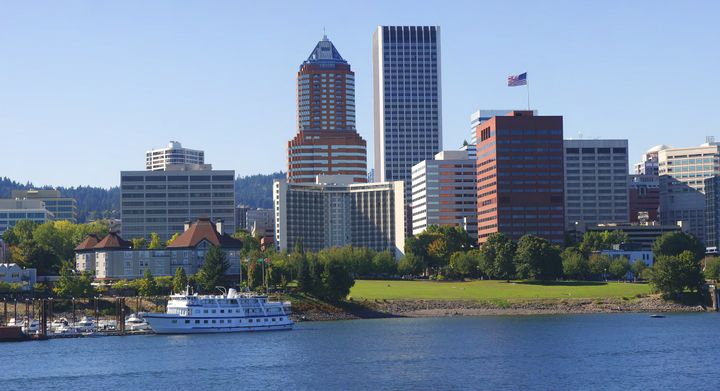
When I arrived as president of Southern Oregon University in 2006, the university faced significant financial issues. We had lost enrollment. Revenues had decreased, but we hadn't adjusted our expenses and had eaten through our reserves. We needed to act quickly.
In the past, SOU had faced budget cuts in a traditional manner. Every department tightened its belt and adjusted to across-the-board cuts. I wanted us to work from a strategic plan, from a set of goals and priorities, but we couldn't wait two years while we reached consensus on a plan.
We embarked on a multi-pronged approach. On a unionized campus, it's important to honor processes laid out in union contracts. We declared "financial retrenchment," a phrase that enabled us to begin processes for reducing programs and possibly employees. At the same time, we began developing a strategic plan that would form a foundation for longer-term decision-making and for our reaccreditation process.
In the time-honored traditions of academe, we formed committees and worked through existing governance structures. We enhanced communication: open forums, small group meetings, emails, meetings with community groups and leaders, website information. I regularly invited faculty and staff to campus-wide meetings.
We made significant decisions. We eliminated two of our five Schools (two dean positions) and created a College of Arts and Sciences. We combined departments, reducing department chairs and staff. We eliminated three majors. We reduced adjunct faculty and moved tenure-track faculty into first-year classes. Combining key student support areas, we created an Enrollment Services Center, a one-stop location for a wide array of student services. At the end of the process, the SOU workforce had been reduced by ten percent.
A number of these decisions were positive for SOU and our students. The College of Arts and Sciences enables us to create more coherent, collaborative learning experiences for students. The Enrollment Services Center has received accolades from students who formerly had to traipse among buildings or wander endlessly through the website.
The layoff process, however, was heartbreaking. It was an incredibly difficult time for the campus.
But, by the spring of my second year as president, through blood, sweat, and tears, we had adjusted our expenses and achieved reasonable reserves. Our enrollments rose. The campus mood improved.
That year, though, was 2008. Suddenly the financial world came crashing down around us. Scrambling to balance crumbling budgets, the state of Oregon swept our reserves and cut our allocation. SOU had suffered, we had been creative -- and now we were back to the drawing board.
As I look back at that tumultuous time, I realize that our work during the financial retrenchment process had been based on an erroneous assumption: that state funding for public universities would remain more or less stable into the foreseeable future, that we could make minor changes while holding our breath for a short time. Eventually, the world would return to "normal."
By 2010, we had learned the truth: the environment around us had shifted fundamentally and permanently. The state would no longer provide the majority of support for the public universities that had educated generations of Oregonians. The financial model had changed. The burden of cost had shifted.
SOU is a relatively small public university. We don't have an extensive endowment. We couldn't fundraise our way out of the problem. Over half our students are the first in their families to attend college; they don't have the resources to pay high tuition.
We now realized we were in a highly uncertain and volatile environment. From now on, our financial model, our strategic thinking, and even our university culture had to change.